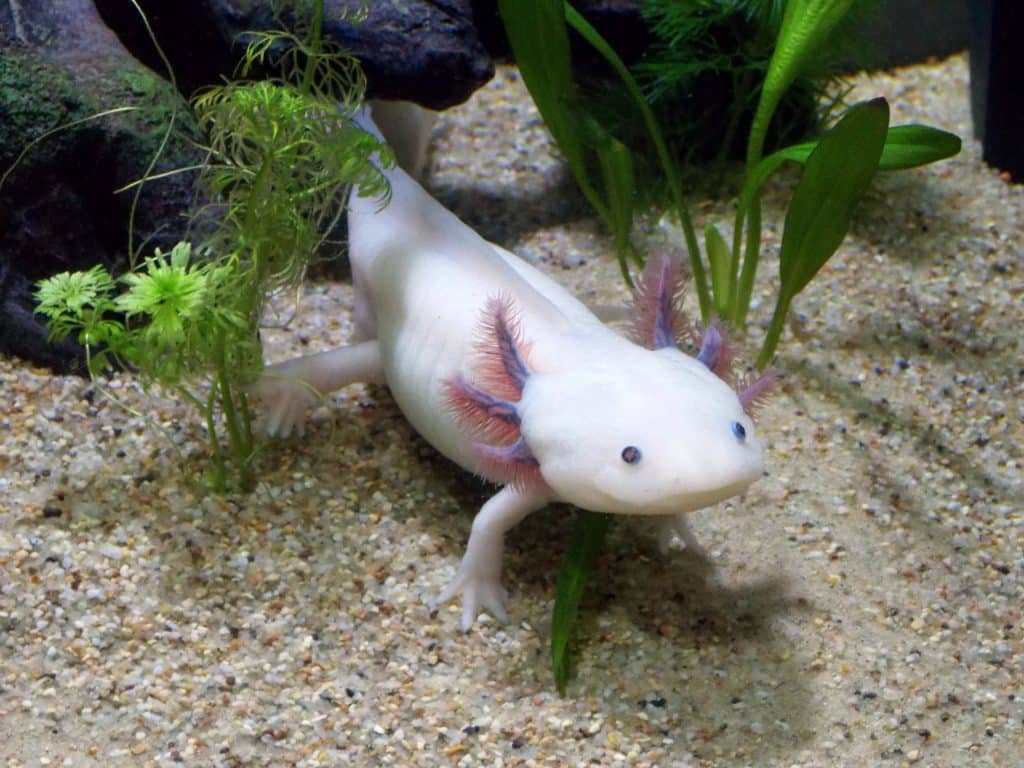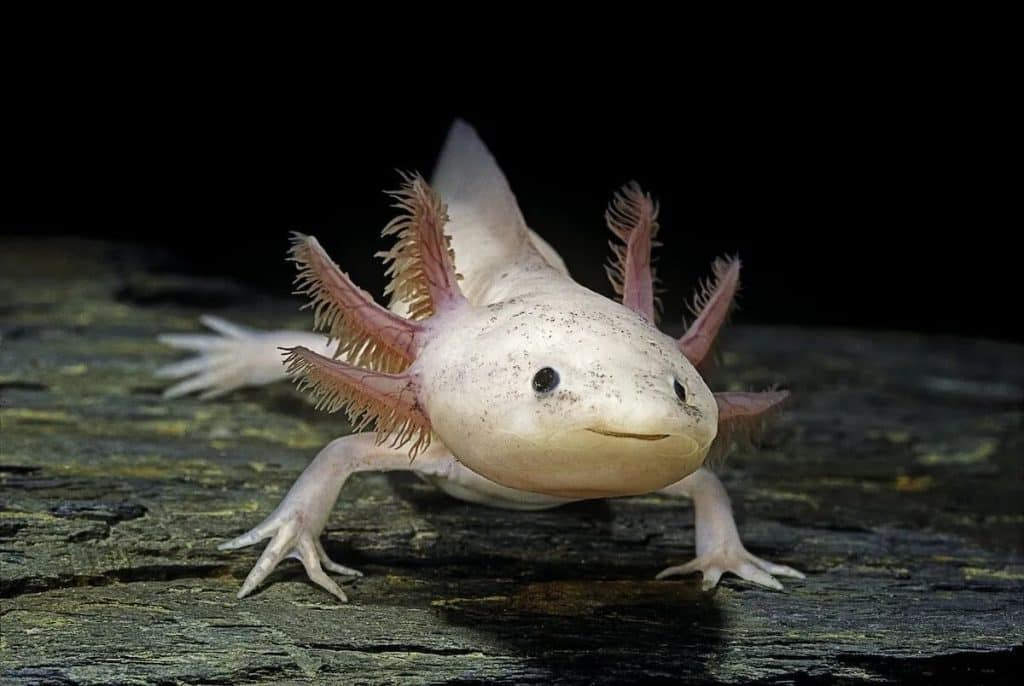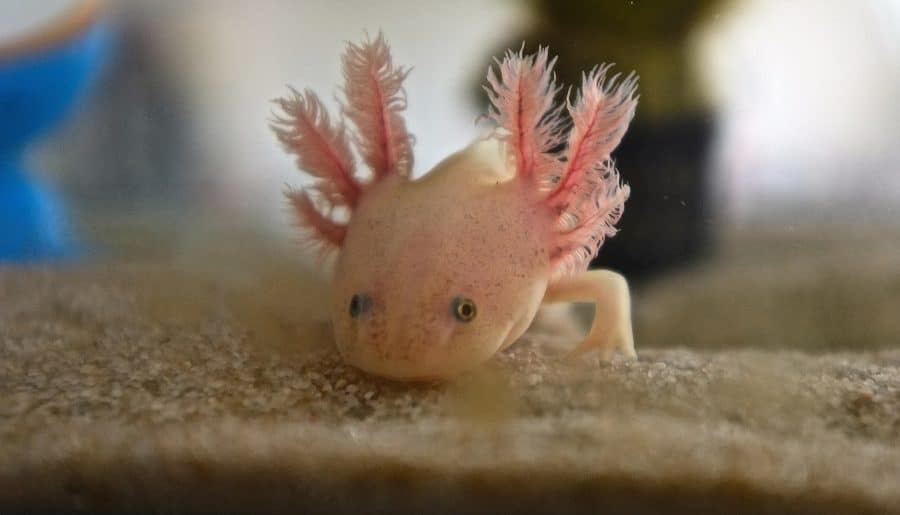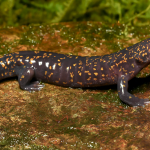Have you ever heard of an animal with an incredible ability to regenerate its body parts?
Meet the axolotl or Ambystoma mexicanum, a fascinating animal known for its remarkable regenerative powers. This unique amphibian can regenerate its limbs, spinal cord, heart, and other organs!

Amazing, right?
With their extraordinary regenerative abilities, scientists believe axolotls are key to medical breakthroughs, such as tissue repair and cancer recovery.
Unfortunately, axolotls are critically endangered and on the verge of extinction due to habitat loss, water pollution, the introduction of non-native fish species, and other human activities.
Despite this, scientists and conservationists are working to protect and save these unique creatures from vanishing forever.
Also called the “water monster,” the axolotl’s population density decreased by 99.5% in under two decades. Population density is the number of species within a particular area.
To save the animals, scientists have started a fundraising campaign called “Adoptaxolotl” that encourages people to donate 600 pesos (around $35) and virtually “adopt” one of the axolotls. Donors can even buy a virtual dinner for one of the animals.
So far, the campaign has raised over 450,000 pesos ($26,300), which will be allocated to an experimental captive breeding program. The donation will also restore the natural habitat in the ancient Aztec canals of Xochimilco, a southern borough of Mexico City.

However, the scientists note they need additional resources to tackle the problem effectively. This is because ecologists claim insufficient monitoring of all the streams across Mexico City and the entire nation.
According to the latest census by the National Autonomous University, the number of axolotls found per square kilometer in Mexico has drastically decreased from an average of 6,000 to just 36.
Moreover, an international study has reported that less than 1,000 Mexican axolotls remain in the wild.

Scientists point out that this is because of Mexico City’s rapid urbanization. The water quality of the canals has been negatively impacted because of this.
Rainbow trout, which often escape from farms in the lakes surrounding the capital, also threaten the axolotls by competing for food and resources.
According to ecologists, there are also rising cases of axolotl dying due to chytrid fungus, a skin disease that feeds on amphibians. This deadly fungus has resulted in mass amphibian deaths across the globe, from Europe to Australia.
Axolotl’s Medical Superpowers

As mentioned earlier, axolotls have remarkable regenerative abilities. They can restore their limbs, lungs, heart, jaw, spine, and even parts of their brain!
Scientists believe this amazing ability could help medical science, such as combat cancer and help repair tissues.
Did you know that axolotls are over 1,000 times more cancer-resistant than mammals? Because of this, scientists are researching how axolotls can do it and apply it to human medicine, with many axolotls being studied in labs worldwide.
Comment below to share your thoughts!







